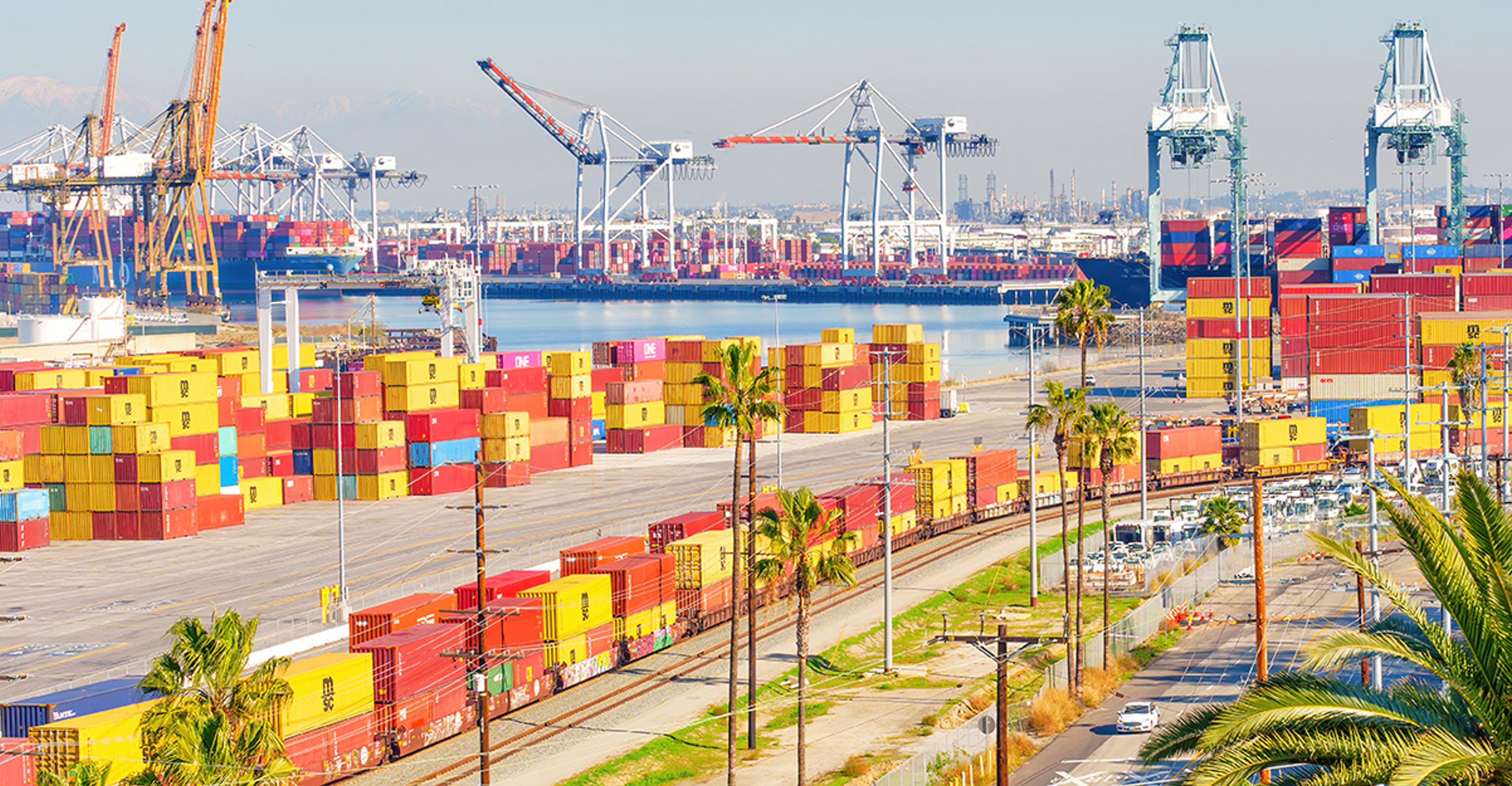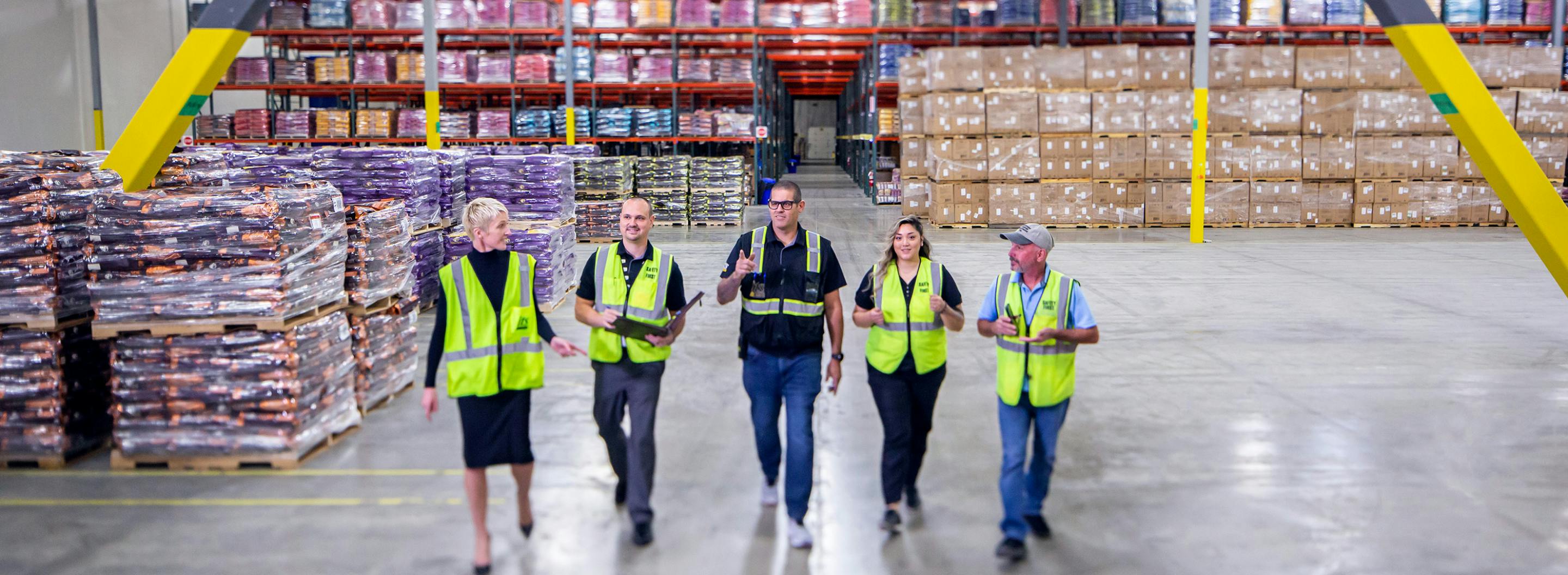
Supply Chain Dive
November 15, 2024
Alejandra Carranza
FROM THE ARTICLE: An uptick in container volumes on the U.S. West Coast is causing some challenges for rail operations, experts told Supply Chain Dive.
The Port of Los Angeles and the Port of Long Beach sustained spikes in cargo volume related to peak season, East and Gulf Coast port strike mitigation efforts, and anticipated tariff increases. But now rail cargo seems to be facing higher dwell times, among other issues.
“Container traffic entering the West Coast is still challenged today and experiencing volumes booked to avoid the Red Sea issues and East/Gulf labor union activity, which continues to test capacity in those markets,” according to a report from ITS Logistics.
Although some West Coast ports have not been as dramatically impacted, experts caution shippers to prepare to avoid congestion.
....
What shippers can do
Shippers are opting for alternative strategies such as using cross-dock facilities for their cargo to mitigate rail congestion — an option not typically sought when dwell times are closer to normal, Paul Brashier, VP of Global Supply Chain at ITS Logistics, told Supply Chain Dive in an interview.
Using cross-dock facilities is expensive and can lead to more touch points in freight handling, he said. In contrast, when using rail, containers go straight from ship to train before delivering to the distribution center.
Other shippers may opt for air freight as an alternative despite being more expensive and typically used for high-value commodities, Brashier said.
“I’ve also noticed that some folks are bringing stuff into different points into North America to stay away from [Los Angeles],” he added, identifying western ports in Mexico and Canada as popular options.



